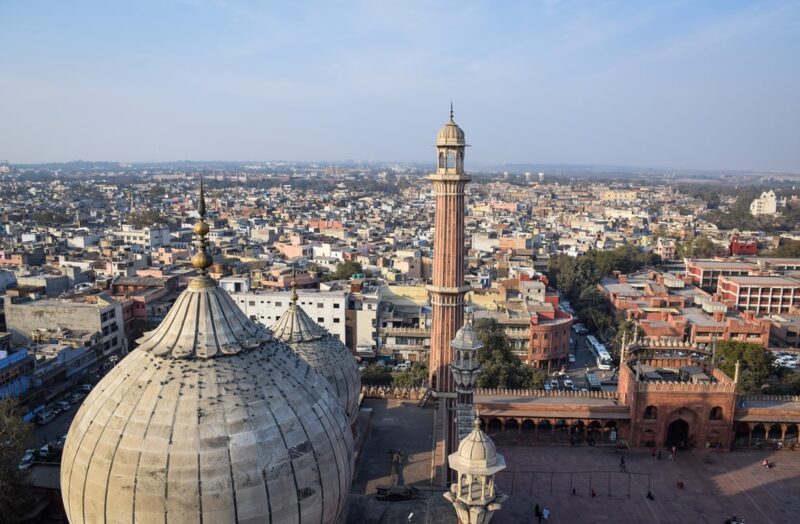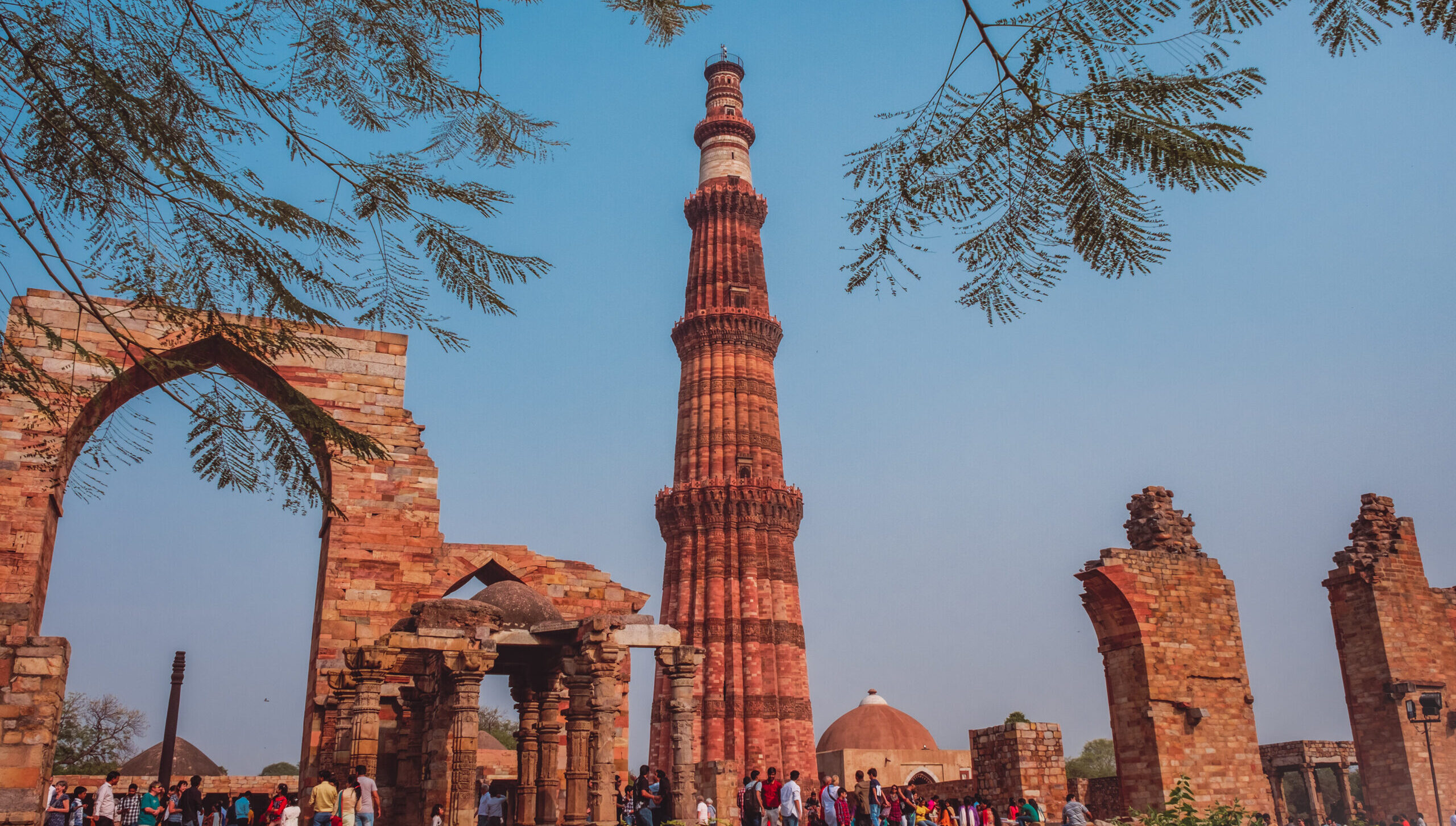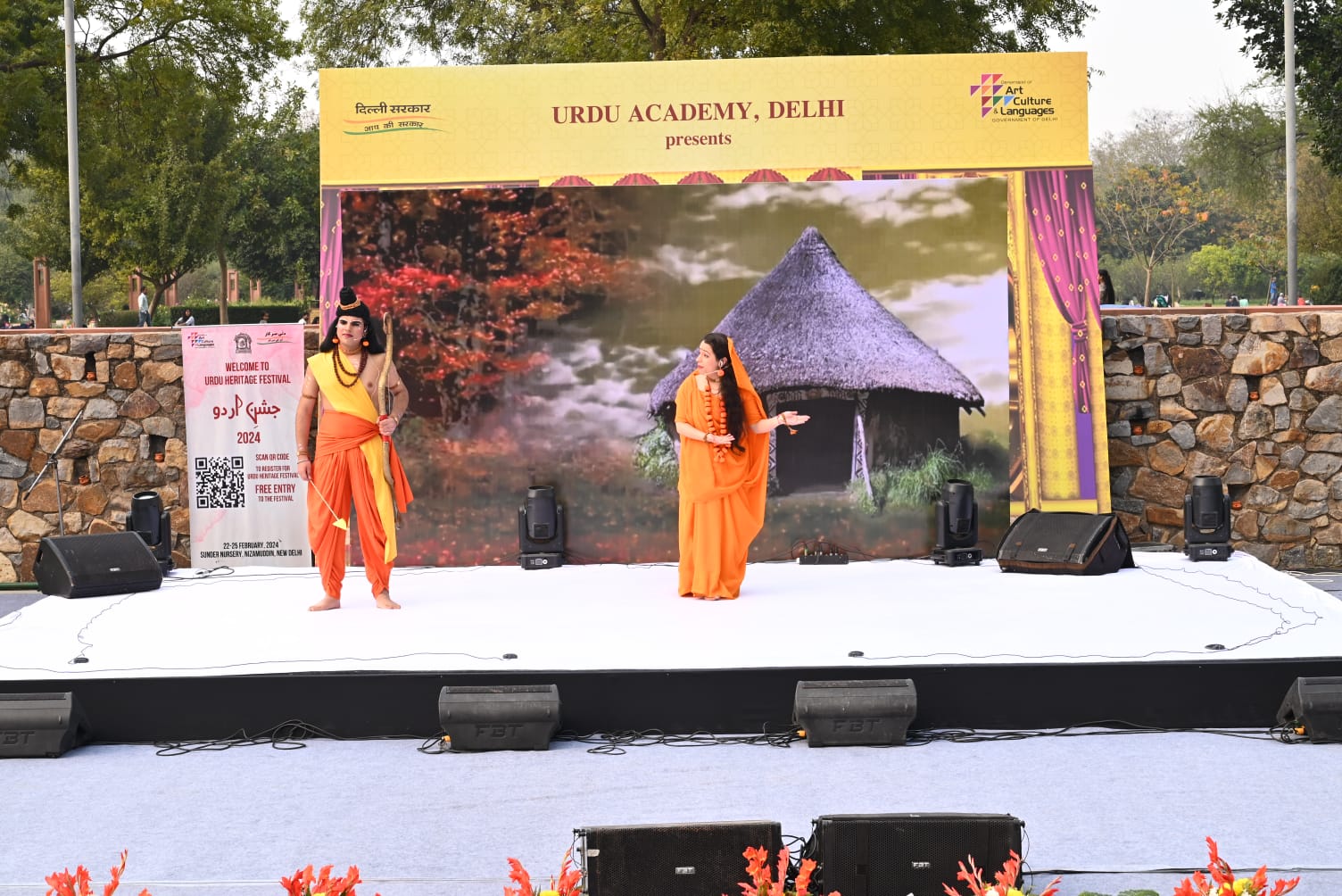The Qutub Minar and Jama Masjid’s minars used to be go-to places for visitors at one time. They offered a fascinating aerial view of the city that left many in awe.
Now, unfortunately, they have been closed to the public. The Qutub Minar has remained off-limits for the past few decades, while Jama Masjid shut the doors on its minars during the pandemic.
Built in 1200-1400 AD, the Qutub Minar is the world’s tallest brick tower. Delhi’s first Muslim ruler Qutub-ud-din Aibak started its construction in 1200 AD, but could only finish the basement. The next two storeys were added by his successor Iltutmush, and the final two storeys – including the viewing area of the minar – were built by Firoz Shah Tughlaq in 1368.
The Qutub Minar has served as one of the greatest inspirations for the Indo-Saracenic form of architecture, that symbolises a combination of Arabic, Persian and Indian styles. Examples can be seen in the architecture of the Secretariat’s North Block, the old building of Indira Gandhi Delhi Technical University for Women, and Hindu College at Kashmere Gate.
Jama Masjid, located 4 km from the Qutub Minar, was built by Mughal emperor Shah Jahan between 1650 and 1656. It was built at the highest point of Shahjahanabad (now simply known as Old Delhi), and hence offered a better aerial view of the old city, say history experts.
Joy Dey, a heritage lover, has been inside the towers of both Jama Masjid and Qutub Minar. He compares the insides of these minars with that of the US’ Statue of Liberty. “I climbed Qutub Minar 30 years ago. I had a similar feeling while climbing the inside of the Statue of Liberty in the US. I miss not being able to go up.”
Asif Khan Dehlvi, a heritage walk leader in Delhi, also recalls having elderly participants in his walks who mention visiting the insides of the minars in the 1960s and 1970s.

There are many versions of the reasons for the closure. Some in the city say that the minars were closed due to some unfortunate incidents. To Joy’s knowledge, the closure of these areas was triggered by suicide attempts in the past. According to Asif, the minars have been closed by the ASI due to the damage the historic buildings have suffered.
“Earlier, the minars at the Begumpur Masjid were also open to the common public. But the ASI had to close them off citing the danger that the damaged minars could pose. Many such monuments had to be closed for the same reasons”, he says.
According to Dehlvi, it does not seem likely that Qutub will ever allow entry to the minars. “When it comes to the minars in the premises of Jama, they may be repaired and reopened for the public to visit. In the case of the Jahanpanah mosque’s minars, entry is anyway restricted due to the place being an ASI protected site”, he states.
Srajit, another young walk leader in Delhi, says, “I have been to the Qutub Minar many times, both as a tourist and a guide. Going up there now is a pipe dream. I can imagine the Muezzin (the crier who gives the call for prayers) going up the stairs, looking out into the city, and at the top of his voice announcing that it was time for the namaaz, and wondered how he must have felt doing that, at the highest point in the world at its time.”
In 2012, ASI’s joint Director General and national spokesperson BR Mani confirmed that entry to the tower was closed as many people committed suicide by jumping from it. Patriot tried contacting the current DG, but they remained unavailable for the comments on the current status of these minars.
Some other reasons cited by people include an earthquake at the Qutub Minar, a stampede and a lightning strike damaging the Qutub. The most commonly known reason is the 1981 stampede which had left many injured, memories of which are still fresh for some.
Monuments with such high points have always been a huge attraction for locals as well as the foreigners visiting India. In Bihar’s Gol Ghar – a large historic granary, hundreds of visitors climb up the steep stairs, sometimes even in the summer, to get a bird’s-eye view of the capital. City dwellers in Delhi, too, remain in awe of these points and are waiting for them to reopen sooner than later.
For more stories that cover the ongoings of Delhi NCR, follow us Instagram: https://www.instagram.com/thepatriot_in/
Twitter: https://twitter.com/Patriot_Delhi
Facebook: https://www.facebook.com/Thepatriotnewsindia





